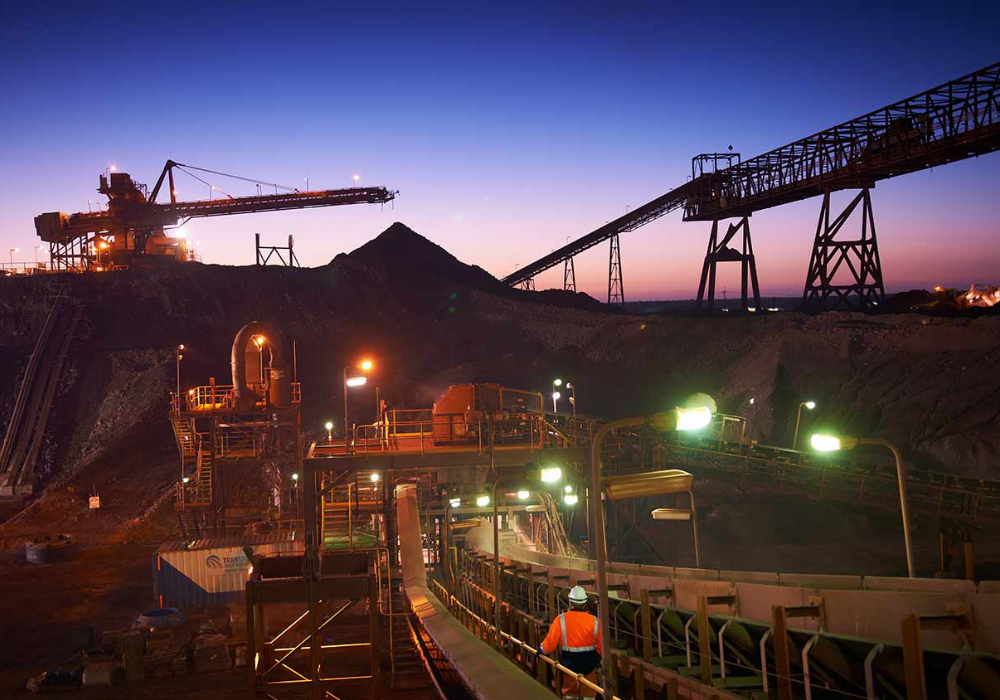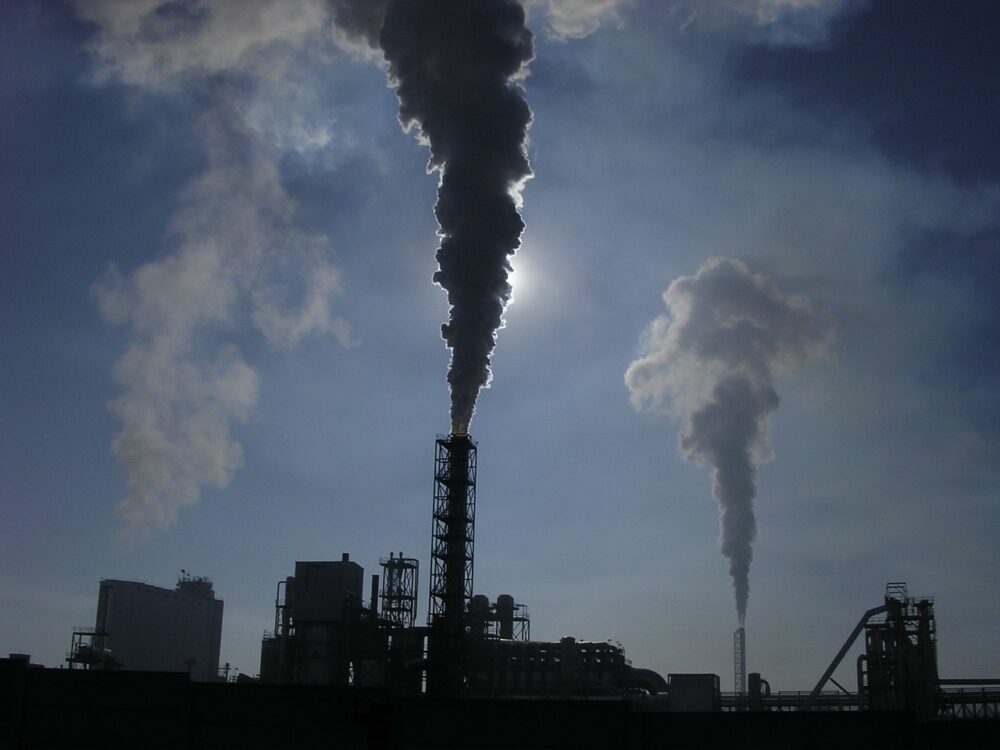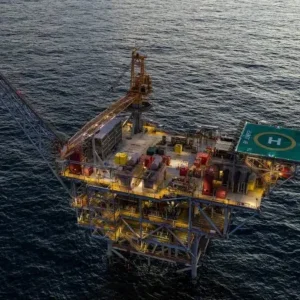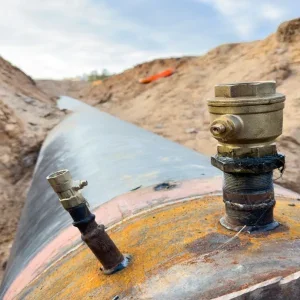
The Australian mining sector is developing technologies that will help cut emissions as part of its bid to help clean up the economy.
The nation, which is home to four of the world’s 10 biggest coal mines, is the biggest coal exporter in the world and the third-largest exporter of fossil fuels overall.
But the Minerals Council of Australia (MCA) believes the government’s freshly released Energy Technology Roadmap offers a practical focus on “mobilising an array of technologies” that can “sustainably support a net-zero emissions future”.
The MCA’s CEO Tania Constable said: “Australia’s resources sector is at the forefront of developing and deploying low-emissions technologies that are central to Australian and global efforts to address climate change.
“Technology is also a key focus of the MCA Climate Action Plan released earlier this year.
“Critically, the industry will develop the minerals required for a low-emissions future including aluminium, copper, nickel, zinc, iron, uranium, base metals, lithium, minerals sands, rare earths and others.”
Australian resources companies developing new technologies on government list
The government has identified clean hydrogen, energy storage, low-carbon steel and aluminium, carbon capture and storage (CCS) and soil carbon as priority technologies pinpointed for investment as part of its technology roadmap.
The MCA said Australian resources companies are already developing and trialling a number of the technologies highlighted on the list.
The lowest-cost clean hydrogen is produced from gasified coal with CCS and is currently being developed through the Hydrogen Energy Supply Chain project in Victoria using Latrobe Valley brown coal and CCS, according to the minerals council.
Meanwhile, Glencore’s CTSCo project at Millmerran power station in Queensland is “demonstrating the potential” of CCS to reduce emissions from Australia’s coal power stations, which still provide about 65% of Australia’s electricity.
The MCA said that project also provides the basis for a carbon storage hub for “existing and emerging industries” in Queensland such as hydrogen.

It added that remote mining sites around the country are “increasingly moving” to hybrid energy systems incorporating renewables and storage along with existing diesel generation, while increased electrification of mines is being accompanied by lower-emission energy sources and large-scale electric vehicles.
The council said moves towards lower-carbon steel and aluminium is being “actively supported” by Australia’s iron ore and bauxite miners working with global steel and aluminium companies to “deliver technologies that will drive significant reductions in greenhouse emissions”.
Elsewhere, mine sites across Australia are continuing to reduce energy costs and emissions by “investing in energy audits and process improvements” such as automation, more efficient equipment, technology and maintenance.
Government letting the market determine which technologies ‘should be supported by investment’
Constable believes the inclusion of small modular reactors on the roadmap’s watching brief list is “commendable”, given the emergence of the nuclear technology in North America and Europe in preparation for “commercial deployment in the next decade”.
“Australia’s uranium producers already contribute to lower emissions by supplying fuel for global nuclear power generation,” she added.
“Continued recognition of energy technologies like coal, gas, solar and wind shows the government will let the market determine which technologies should be supported by investment, except in the case of a shortage in power generation or to secure jobs in key industries. This is a welcome development.
“Adoption of the best available technology will help Australia play its part in rapidly reducing emissions, while providing energy security so key industries such as mining and minerals processing remain internationally competitive and provide new highly-skilled, highly-paid jobs in regional Australia.”






